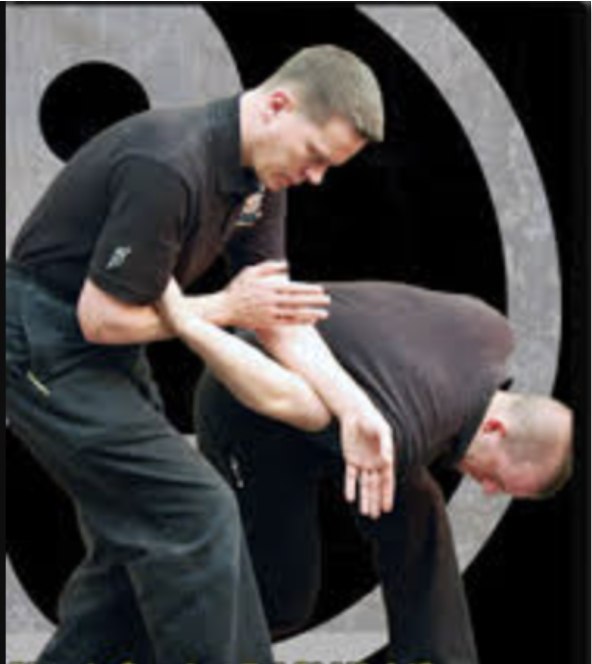The Needle at Sea Bottom appears in Beijing 24 and Long Form. The term ‘needle’ is used in Shibashi 2, ‘Searching for Needles in the Sea.’, but what are the ‘needles?’
Below is one very simple myth that explains ‘needles’.
The Monkey King (Sun Wukong) was a powerful and influential demon, looking for a weapon worthy of his stature. He searches the ocean and visits the Dragon King (Ao Kuang), who has many weapons. After showing Monkey King a number of inferior weapons (Dragon King did not trust him), he was finally taken to a giant iron pillar, which, although Monkey King loved, was too heavy for him to lift. He therefore shrunk it, first into the size of a shepherd’s staff, and then into the size of a needle. He was able to tuck it behind his ear where he could carry it into future battles. This is the Needle we refer to in Tai Chi and Qigong.
The Martial Applications of Needle at Sea Bottom
We now know what the ‘needle’ is, but what about the martial application of this movement? There are many different interpretations of Needle at Sea Bottom (as there are with all Tai Chi postures). Many people interpret the fingers of the right hand as attacking an opponent who has been flung to the ground. When we look at the 13 Energies, however, the Needle at Sea Bottom is shown as a plucking energy. In this case, then, our opponent has grabbed our right wrist (or, he has thrown a punch), we then pull him down, using the left hand to release his grip and then finish as an arm bar takedown (as shown in the image below) Although Needle at Sea Bottom is completed on one side only in the Beijing 24, it is a good idea to practice it on both sides, to develop coordination, strength and balance. In the image below, from Clear Martial Arts the application of Needle at Sea Bottom is clearly shown.
The Martial Application of Needle at Sea Bottom, from Clear Martial Arts

